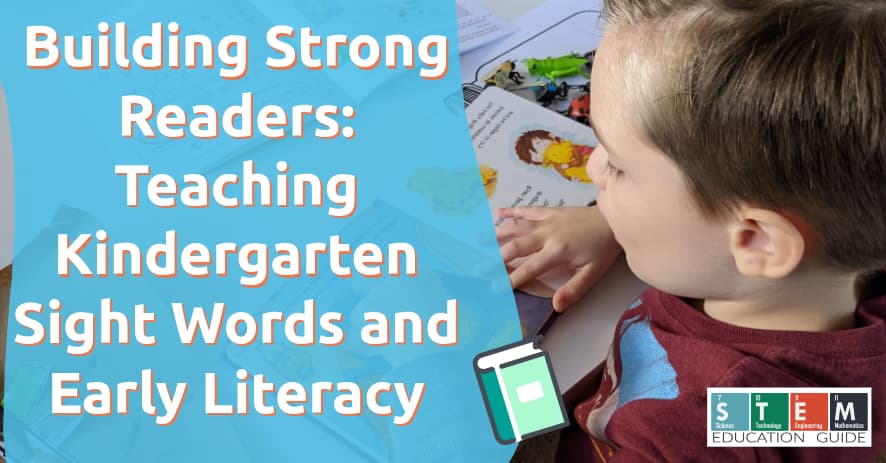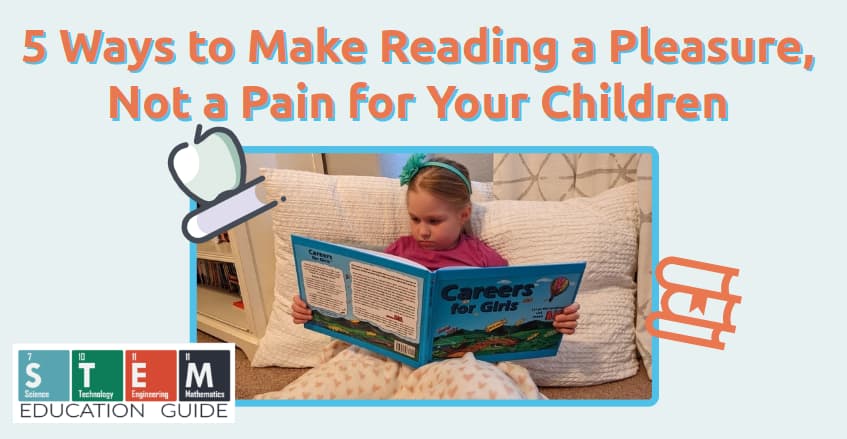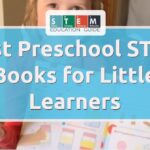Are u busy? Nbd, but I have a story abt spelling.
ICYMI, young people are crafting a whole new language — or at least a whole new set of spelling rules. But if they understand each other, why does it matter? Should we roll with the changes?
Let’s look at the reasons why “correct” spelling makes a difference and examine a few ways to promote more of it in our kids.
Table of Contents
Why Correct Spelling Is Important
Spelling is significant for two main reasons: clarity and credibility.
There are numerous internet memes that illustrate how incorrect spelling can change the meaning of a word or phrase, sometimes with hilarious or embarrassing consequences.
Not only can misspelling alter the intended meaning, but it can also cause the reader to spend so much time and energy decoding that their comprehension suffers in turn.
Correct spelling allows our brains to read more fluently, and to gain a greater understanding from the text. When you spell words correctly, your message is clear.
Unfortunately, misspelling commonly causes a loss of credibility, particularly in the job market. While prospective employers should bear in mind that poor spelling is not necessarily a sign of low intelligence or educational attainment (the writer could be a capable, well-educated non-native English speaker, for example), teachers have a responsibility to help all of their learners develop equally competent literacy skills in order to succeed in life.
Please take a look at our article, Building Strong Readers: Teaching Kindergarten Sight Words and Early Literacy.
Spelling Strategies for Early Learners
The U.S. is currently experiencing a nationwide move toward increased phonics instruction for early learners. Meanwhile, the U.K. is coming out of a decades-long focus on phonics in favor of what is often referred to as “whole language” or “balanced literacy.”
As such, we can take advantage of resources created by British educators who’ve been working on phonics for years. Teaching Phonics offers a range of information, ideas, and games, all of which support early spelling.
One of the most common practices for early spellers is to “sound it out.” This requires letter-sound awareness and recognition of common graphemes, phonemes, and spelling patterns (there’s that phonics). Once these are established, invented spelling can be a thoughtful way to explore and develop word-building skills.
As always, reading to and with children is the best way to establish a wide range of literacy skills, including spelling. Many of us organically learn how to spell a word simply because we’ve seen it in writing so many times.
Spelling Strategies For Teachers
Teachers walk a fine line between trends, mandates, personal experience, and the kids in front of them. That is to say, you may have been handed a directive or a particular curriculum, you may have your own practiced idea of spelling strategies, and you may be faced with a learner who needs something different.
Keeping an open mind and gathering as much information as possible will help you build the best storehouse of spelling strategies for your diverse group.
The Institute for Public Service Reporting in Memphis offers a comprehensive and relatively unbiased overview of emerging literacy research, philosophies, and initiatives to help you understand and weed through what is known and what is required by state boards and administrators.
Here are some basic principles to follow when teaching spelling:
- Model: Model sounding it out, thinking aloud about letters and phonemes, considering where you’ve seen a word before, and even getting it wrong. Let kids see your own spelling process.
You should also model and teach how to use spell-check software accurately. Statistics show that misused words are becoming more common than misspelled words, as spell check technology replaces our errors with a correctly spelled best guess. Teach your students to notice that squiggly underline in typewritten words, and how to proofread for meaning. Re-read the sentence and ask yourself out loud, “Does that make sense? Is that what I wanted to say?”
- Encourage: Encourage learners who struggle with spelling by focusing on what they’re doing well. Did their guess make great sense based on letter sounds? Was the thinking behind it clever or creative? Point that out! Effort and creativity count big time in spelling development.
Additionally, encourage these students to read more. Help them find books that they enjoy in your classroom library. Work with the library media specialist if you have one.
- Be clear: Make sure your students know when spelling counts and what that means in terms of assessment. Some pieces of writing shouldn’t be marked down for spelling mistakes, depending on the goal of the assignment.
Learners should know when spelling counts (on a final draft for publishing) and when it doesn’t (during practice, rough drafts, journal writing, or projects where something else is the focus).
Make sure to check out our article, 5 Ways to Make Reading a Pleasure, Not a Pain for Your Children!
Classroom Strategies
One of the best ways for the whole class to practice spelling together is through word study. Word study is basically just getting curious about words in a bunch of fun ways. You can download a doc with word study station ideas from the Children’s Literacy Initiative.
To make the classroom space more spelling friendly, make sure it’s a text-rich environment (without being overwhelming). This includes a well-stocked class library with books of all kinds (comics, information texts, novels) and at various reading levels, as well as magazines and newspapers. Key items and areas in the class should also have print labels.
Remember the top strategy for developing literacy skills (including spelling) in any classroom is reading. How can you encourage and create opportunities for more of it? Follow these tips from Scholastic to explicitly incorporate spelling into your existing read-aloud time.
Spelling strategies for more advanced students
For some students, spelling comes easily. This is great news, but it can also lead to boredom. Challenge advanced spellers by encouraging them to choose their own words for spelling lists.
You can also explore linguistic roots with your spelling prodigies and bring word study to a more meaningful level. If your learner is ahead in other content areas, like science or social studies, a strong foundation in latin roots can help them grow relevant vocabulary.
Students who struggle with spelling
A good friend of mine who teaches sixth grade is a terrible speller, and she knows it. It’s okay — sometimes, people struggle.
For those who are especially challenged by the rules and patterns of English spelling:
- consider the use of learning tools like pocket dictionaries or assistive tech;
- help these students hone their editing skills;
- ignore spelling mistakes in early drafts;
- give extra time to look up correct spelling.
Knowing how to recognize dyslexia
The best way to recognize dyslexia is through formal screening, but Yale University offers a list of age-by-age symptoms to check for. Importantly, their roundup includes the many strengths of dyslexic students, as well as the challenges that you might notice.
For example, a dyslexic child working through kindergarten or first grade might avoid reading, struggle with simple CVC words (like cat or mop), and will likely have a family history of reading challenges. That same learner may be highly curious, imaginative, talented at solving puzzles, and might even have a huge vocabulary.
Use resources like the list linked above to investigate any suspicions, but always consult with a professional for a formal diagnosis.
For Parents
Just as teachers do in the classroom, parents can monitor their kids’ challenges and strengths, and can create text-rich environments at home. To save money, rely on your local library to expand your collection of books and other print materials, or check out used bookstores, local buy nothing groups, and homeschool exchanges.
Deliberate phonics work done in the home is most effective when it supports what your child’s teacher is doing in school. If you’re the teacher, then the possibilities are endless! If not, consult with your child’s lead educator to make sure that you’re in alignment.
For a bonus literacy enrichment activity, think of ways to add text to tasks you regularly do at home:
- Write grocery lists.
- Make weekly menus.
- Write wish lists for holidays.
- Develop daily plans and agendas.
All writing helps. You can also play word games like Scrabble, Boggle, or Wordle.
As much as possible, read aloud to your child. It will not only strengthen their skills, but it will also give them a positive association with books: time spent with you.
Wrapping Up Teaching Spelling Strategies
Spelling does change over time: we used to write olde instead of old. However, text speak still isn’t recommended in college essays, job applications, or professional emails (yet). Spelling — and/or the accurate use of assistive spelling tools — is still a necessary development in our modern world.
For the dreamers in your classroom, visit the National Spelling Bee website, download the Word Club app, maybe even watch Akeelah and the Bee. Get inspired — spelling can be fun.
Make sure to check out our article, Teaching Strategies & Tips for Gifted Students: What You Need To Know.











